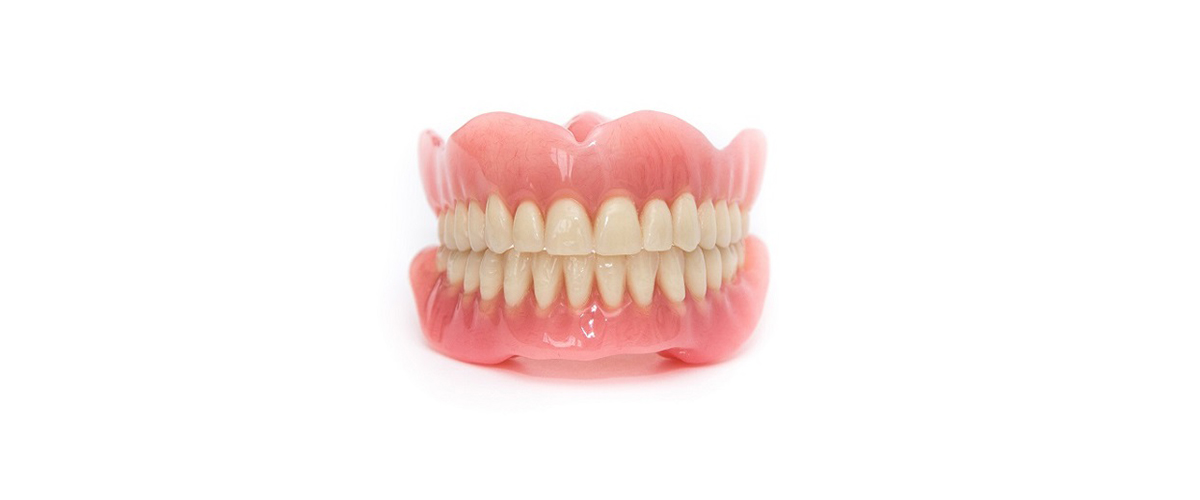Dentures are synthetic replacements used when a person misses a tooth or teeth. Complete and partial dentures are the two types of dentures that are offered.
Complete dentures are utilized when all teeth are lost; when some natural teeth are still present, partial dentures are.
In a complete denture, a full set of plastic or porcelain teeth is supported by a pigmented plastic foundation to resemble gum tissue.
By creating a seal with the gums, the typical full denture is kept in place in the mouth.
Additionally, they can be secured in position by attaching to dental implants that have been inserted surgically into the jawbone. Compared to the standard total denture, this procedure is significantly more costly.
A plastic foundation or a metal framework that supports the number of missing teeth can be used to create partial dentures.
It is secured in the mouth with the help of clasps and supports that have been specifically designed to fit over the teeth.
Due to the stiffness and strength of metal, the classic partial denture design incorporates a metal framework.
Part plastic dentures have traditionally been utilized to replace lost teeth in an emergency or on a temporary basis while the gums and bone recover.
Dentures are almost invisible and can improve or even restore one's look. The gums will initially be slightly uncomfortable in certain spots as you figure out the ideal approach to put in and remove the dentures.
It is crucial to visit the dentist frequently in the first few weeks to have the sections of the denture causing the oral tissues pain adjusted.
It usually takes some getting used to eating with the dentures in place.
Starting with soft meals is recommended, followed by gradually introducing increasingly solid foods while chewing evenly on both sides of the mouth. Foods that are chewy or sticky should be avoided.
The tongue and cheeks will start to naturally assist in holding the denture in place as they grow acclimated to it.
